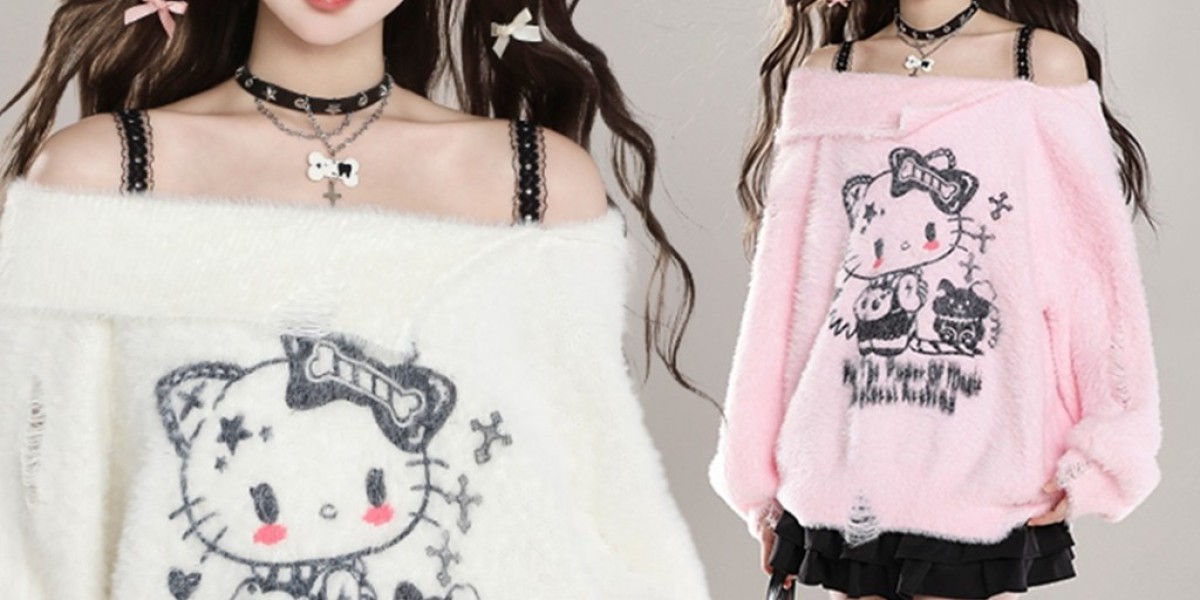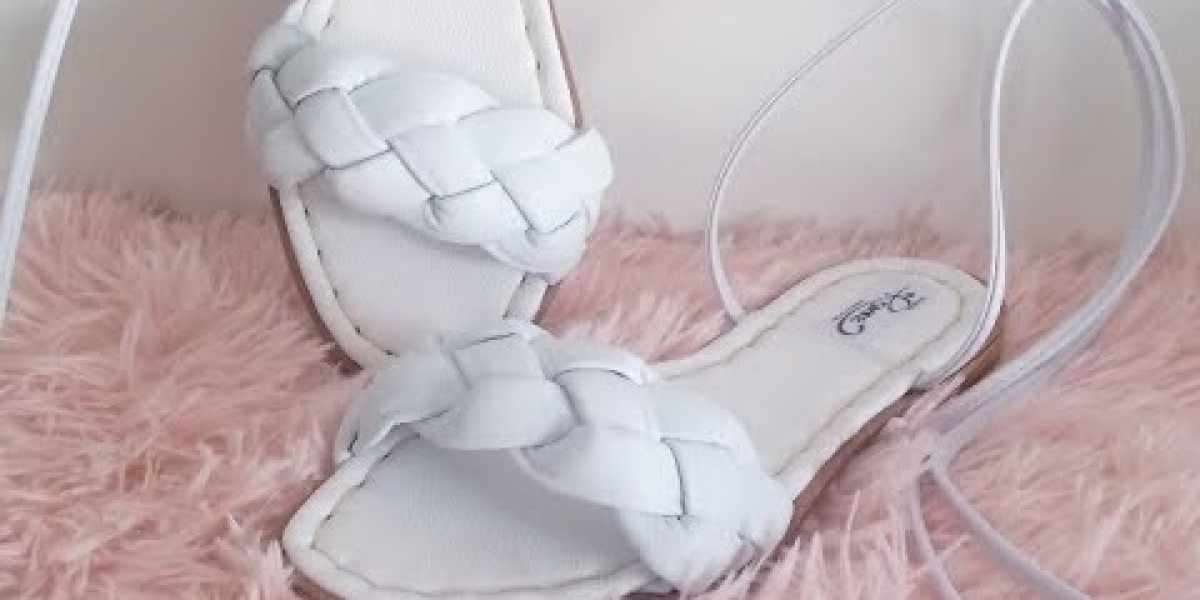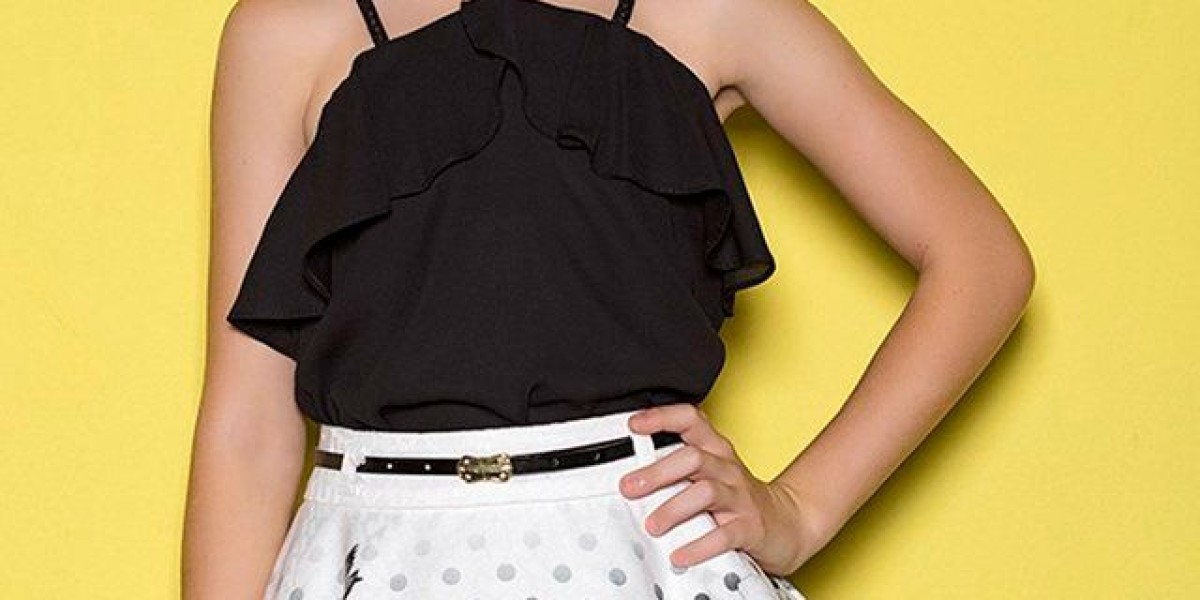Introduction
In recent times, the concept of kawaii style has gained reputation both in Japan and around the globe. Characterized by its cute and playful aesthetic, kawaii outfits are a singular form of self-expression that has captivated fashion enthusiasts of all ages. This article aims to explore the science behind aesthetic kawaii outfits - why not try this out -, uncovering the psychological and sociological components that contribute to their attraction.
The Psychology of Kawaii
The term "kawaii" is derived from the Japanese word for cute, and is often associated with a way of innocence, vulnerability, and adorableness. Psychologists imagine that the attraction of kawaii style lies in its capacity to evoke optimistic emotions and create a way of consolation and safety. Using pastel colors, cartoon characters, and whimsical motifs in kawaii outfits can trigger emotions of nostalgia and convey back reminiscences of childhood.
Moreover, research has shown that exposure to cute images can activate the brain's reward system, leading to the discharge of dopamine, a neurotransmitter related to pleasure and motivation. This neural response to kawaii stimuli might clarify why individuals are drawn to kawaii style, because it offers a fast and easy means to spice up mood and elevate one's spirits.
The Sociology of Kawaii
From a sociological perspective, kawaii fashion may be seen as a type of rebellion against typical magnificence standards and gender norms. By embracing a style that prioritizes cuteness over sexiness, kawaii fans problem societal expectations and assert their individuality. In a tradition that values conformity and uniformity, kawaii style offers an area for self-expression and creativity, permitting people to carve out a unique id in a sea of homogeneity.
Moreover, kawaii vogue is commonly related to youth and femininity, because it is commonly worn by teenage women and young ladies. The prevalence of kawaii outfits in in style media, comparable to anime and manga, has contributed to the widespread adoption of this aesthetic among a youthful demographic. By carrying kawaii clothes, people can signal their membership in a subculture that values playfulness, lightheartedness, and self-care.
The Aesthetics of Kawaii
By way of aesthetics, kawaii outfits are characterized by their use of shiny colors, whimsical patterns, and oversized accessories. Pastel hues like pink, lavender, and mint inexperienced are commonly used in kawaii fashion to create a smooth and soothing palette that appeals to the senses. In addition, kawaii outfits typically characteristic adorable motifs equivalent to hearts, stars, and animals, which add a playful and childlike charm to the general look.
One key component of kawaii style is the idea of "cute aggression," which refers back to the contradictory emotions of wanting to hug and squeeze something that's overwhelmingly adorable. This phenomenon is commonly seen in kawaii outfits that feature exaggeratedly giant bows, ruffles, and frills, which mimic the appearance of doll-like clothing. By exaggerating certain features and proportions, kawaii fashion taps into our innate desire to nurture and protect cute and vulnerable things.
Conclusion
In conclusion, the science behind aesthetic kawaii outfits reveals a posh interplay of psychological, sociological, and aesthetic components that contribute to their popularity. By harnessing the facility of cuteness and childlike innocence, kawaii fashion affords a form of escapism and self-expression in a world that can usually feel overwhelming and chaotic. Whether worn as a type of rebellion, a source of consolation, or a technique of inventive expression, kawaii outfits hold a novel and enduring appeal that transcends cultural boundaries.







